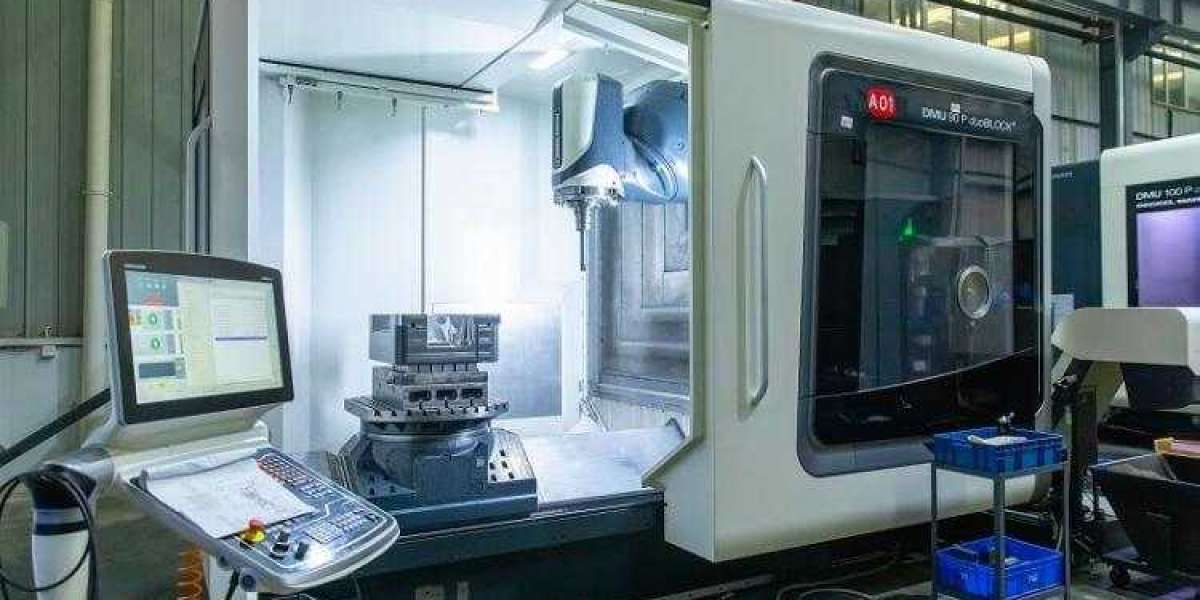Contemporary CNC machines are fully automated. All they need is digital files with the instructions about cutting trajectories and tooling. Let’s know more about CNC principles.
Design or machining processes require many tools to produce a certain part. Machinists can build digital tool libraries that interface with the physical machine. Such machinery can automatically switch tooling based on the digital instructions, making them manufacturing workhorses.
The CNC machining process starts with designing the parts in CAD software. The 3D model determines the necessary dimensions and properties of the final part.
Some of these programs come in CAD-CAM packages, so the flow can continue in the same programs. Otherwise, CAD models are fed into designated CAM software. If both CAD and CAM are from the same product family, no translation of files is necessary. Otherwise, the CAD files need to be imported.
CAM (computer-aided manufacturing) software prepares the model for the whole fabrication process. First, it checks the model for errors. Then it creates a CNC program to fabricate the physical part.
The program is, in essence, a set of coordinates that guides the cutting head during the manufacturing process.
The third step is choosing the right parameters. These include cutting speed, voltage, RPMs, etc. The configuration depends on the geometry of the part as well as the available machinery and tooling.
Lastly, the software determines the nesting. Nesting means the orientation and placement of parts relative to raw material. The purpose is to maximise the material usage.
All this information is then translated into codes that the machinery can understand – M-code and G-code.








